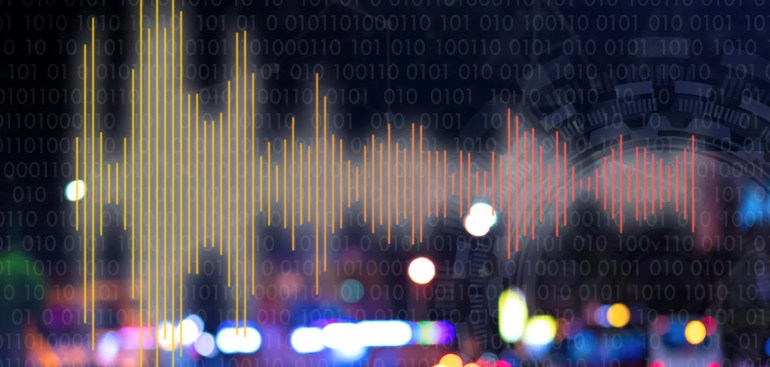Geophones are essential instruments in vibration monitoring and structural health monitoring (SHM) due to their ability to measure vibrations and seismic activity with high sensitivity. Unlike accelerometers, which measure acceleration, geophones specifically measure velocity, making them particularly effective in detecting low-amplitude and low-frequency vibrations.
Advantages of Geophones
Sensitivity to Low Frequencies: Geophones excel in detecting low-amplitude and low-frequency vibrations, which is crucial for seismic monitoring and ground motion analysis.
Ruggedness and Durability: These devices are built to withstand harsh environmental conditions, ensuring reliable long-term monitoring.
Comparison with Accelerometers
Measurement Parameter: Geophones measure velocity, whereas accelerometers measure acceleration. This fundamental difference makes geophones more suitable for certain types of seismic, structural, and vibration monitoring.
Frequency Range: While accelerometers cover a broader frequency range, geophones are more sensitive to low-amplitude and low-frequencies.
Use Cases for Geophones
1. Vibration Monitoring
- Buildings and Bridges: Geophones can detect vibrations and oscillations in structures to assess their integrity and identify potential issues such as cracks or material fatigue.
- Dams and Tunnels: Monitoring vibrations in these structures helps ensure they are safe and can alert to potential issues before they become critical.
2. Seismic Activity Detection
- Earthquake Response: Geophones can measure ground motion during seismic events, providing data that helps assess the impact on buildings and infrastructure.
- Microseismic Monitoring: These devices are used to detect small, often imperceptible seismic events that could indicate the beginning of larger, more dangerous shifts in the structure.
3. Foundation Analysis
- Soil-Structure Interaction: Geophones help analyze how vibrations travel through the ground and affect the structure’s foundation, providing insights into soil stability and the potential need for reinforcement.
4. Dynamic Load Testing
- Bridge Load Testing: Geophones are used to measure the response of bridges to dynamic loads, such as those from vehicles, helping engineers assess load capacity and structural health.
5. Construction Monitoring
- Construction Sites: Monitoring vibrations caused by construction activities helps ensure that nearby structures are not adversely affected by ground movements.
6. Operational Monitoring
- Machinery and Equipment: In industrial settings, geophones monitor the vibrations of heavy machinery to detect imbalances or malfunctions that could lead to structural damage.
7. Historical Structures
- Preservation Efforts: For historical buildings and monuments, geophones help monitor vibrations that could cause wear and tear, ensuring these structures remain intact for future generations.
8. Pipeline Monitoring
- Buried Infrastructure: Geophones can detect vibrations along pipelines, helping to identify leaks or other issues that could compromise the pipeline’s integrity.
9. Health Monitoring of Offshore Structures
- Oil Platforms and Wind Turbines: Geophones monitor vibrations and movements in offshore structures, providing data crucial for maintenance and safety in challenging environments.
10. Blast Monitoring
- Explosive Activities: Geophones are often used for blast monitoring to measure the impact of explosions and ensure safety regulations are met. They help in assessing the vibration levels caused by blasts and their potential effects on nearby structures.
11. Human Comfort to Vibrations
- Octave Analysis: Geophones play a crucial role in octave analysis for assessing human comfort in relation to vibrations. This analysis helps determine if vibration levels are within acceptable limits for human occupancy, particularly in residential and office buildings.
In each of these use cases, geophones provide critical data that help engineers and maintenance teams make informed decisions to ensure the safety and longevity of structures.
About QuakeLogic
QuakeLogic is a leading provider of advanced seismic monitoring solutions, offering a range of products and services designed to enhance the accuracy and efficiency of testing, data acquisition, and analysis.
Contact Information:
- Email: sales@quakelogic.net
- Phone: +1-916-899-0391
- WhatsApp: +1-650-353-8627
- Website: www.quakelogic.net
For more information about our products and services, please visit our website or contact our sales team. We are here to help you with all your testing and monitoring needs.




